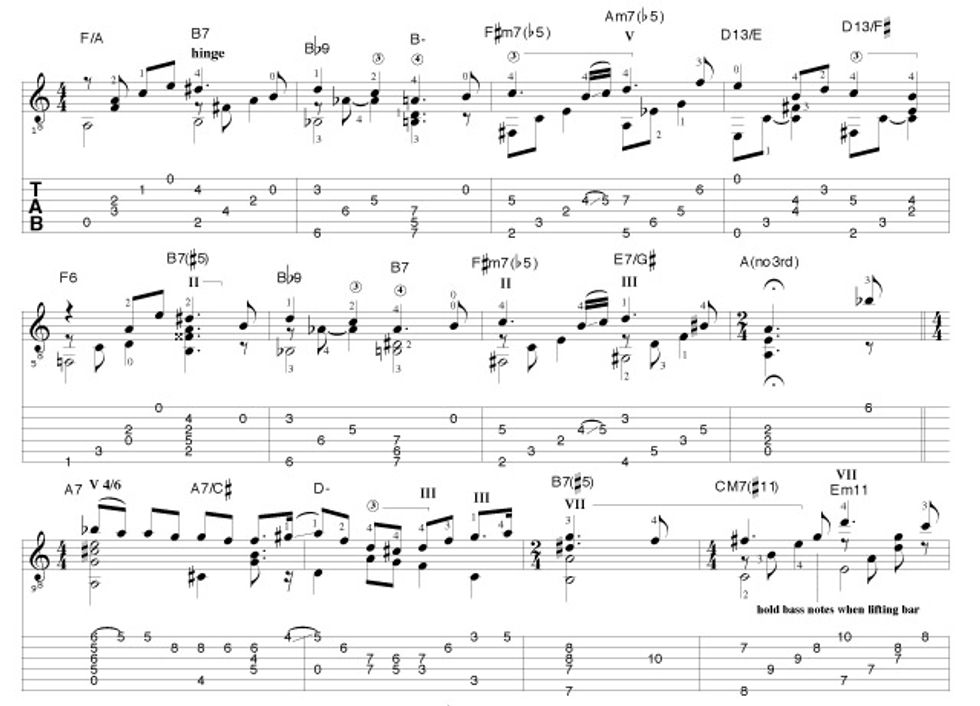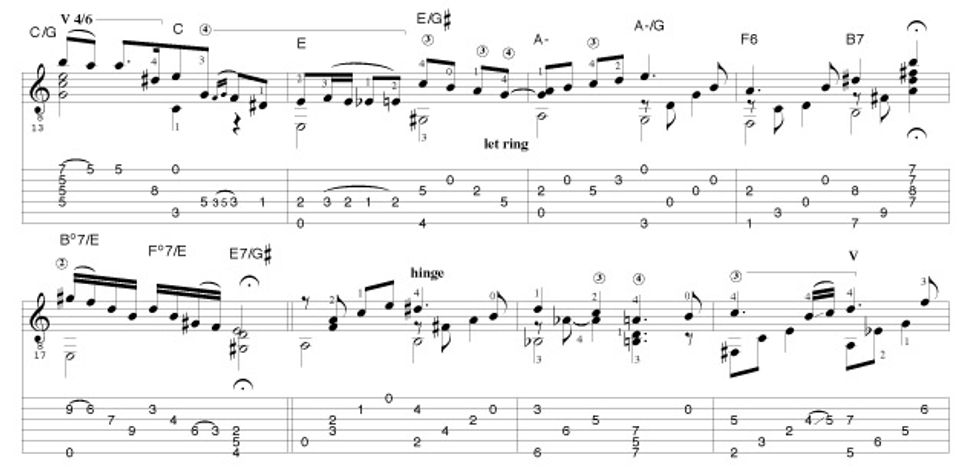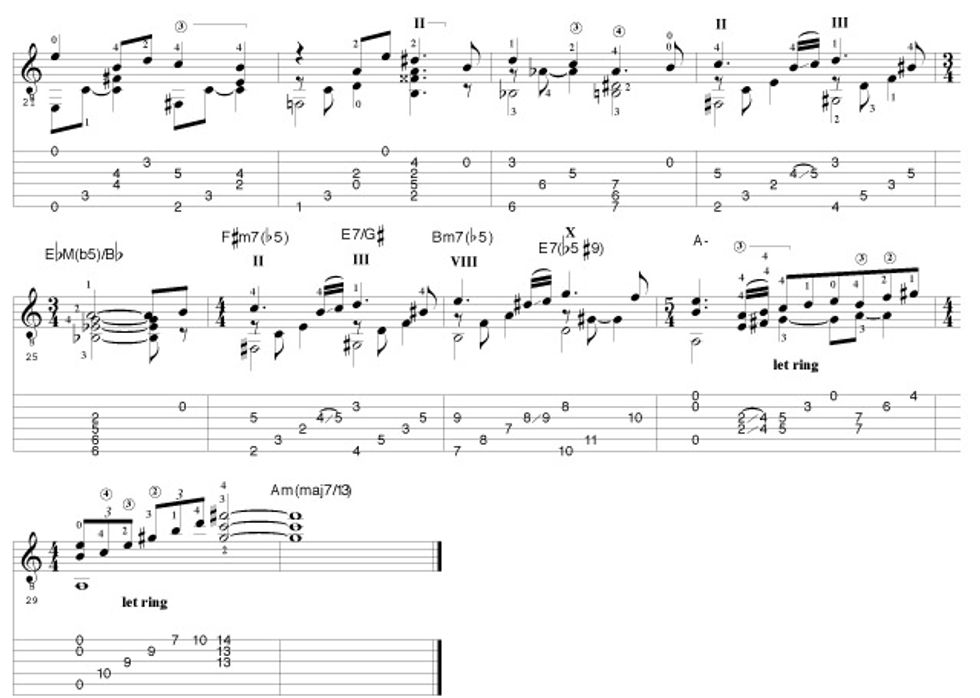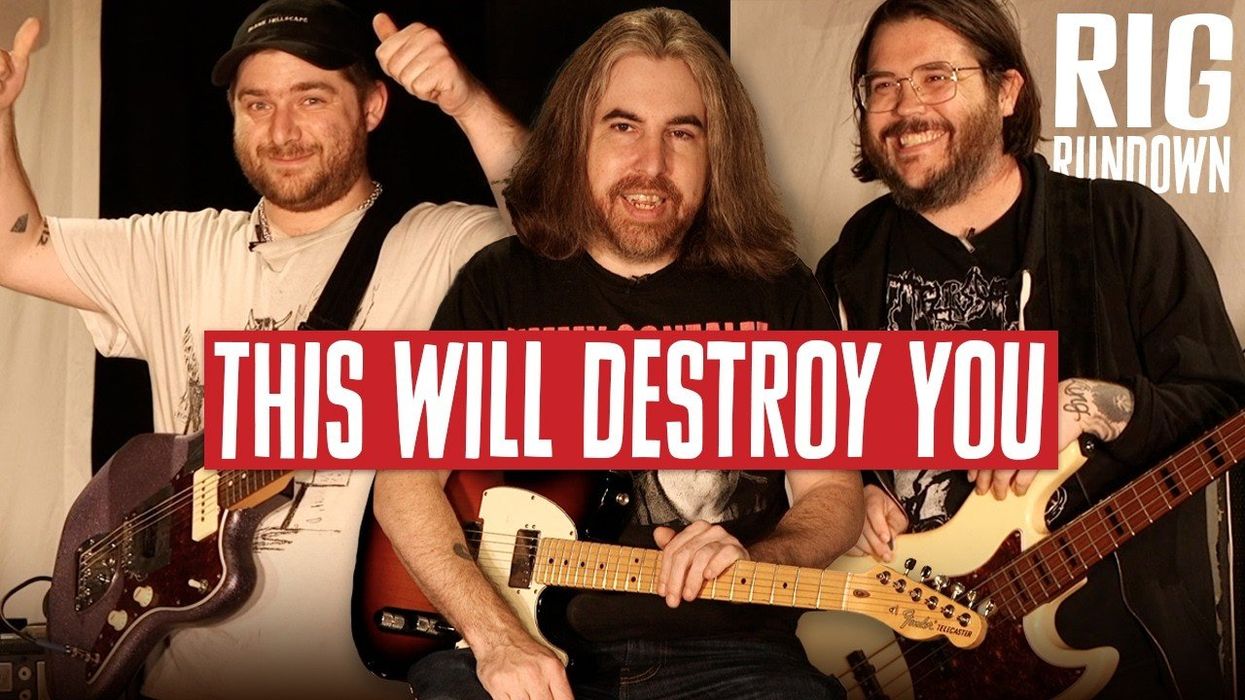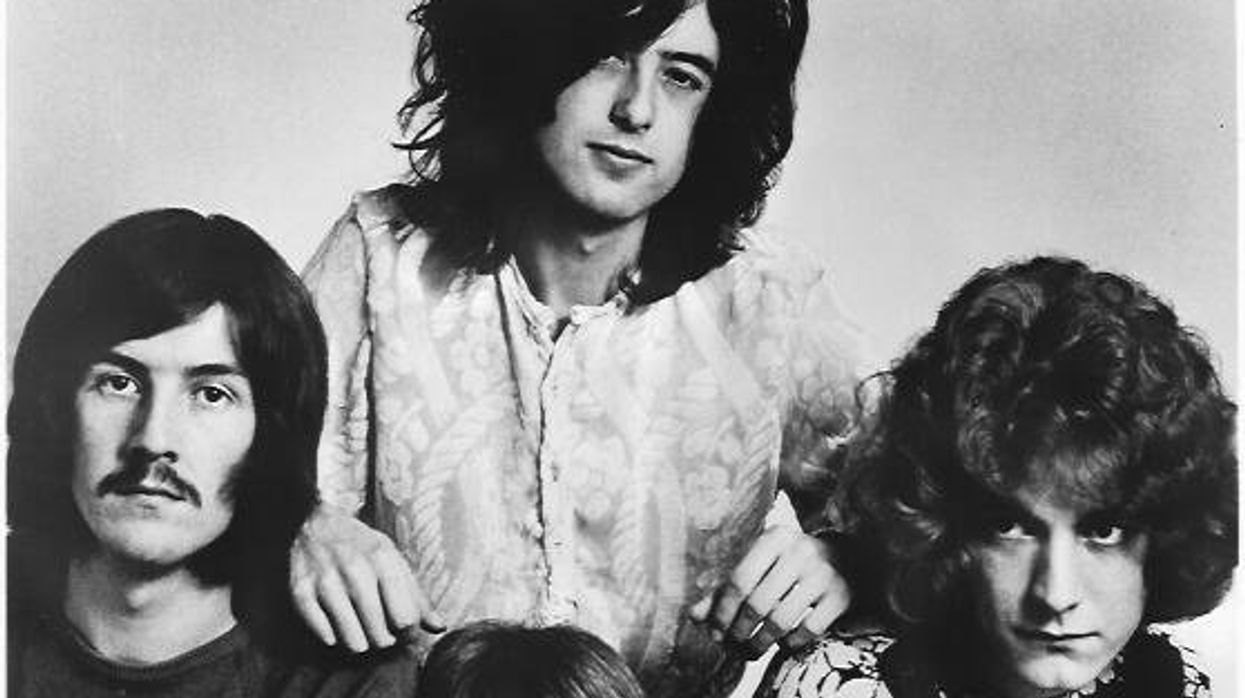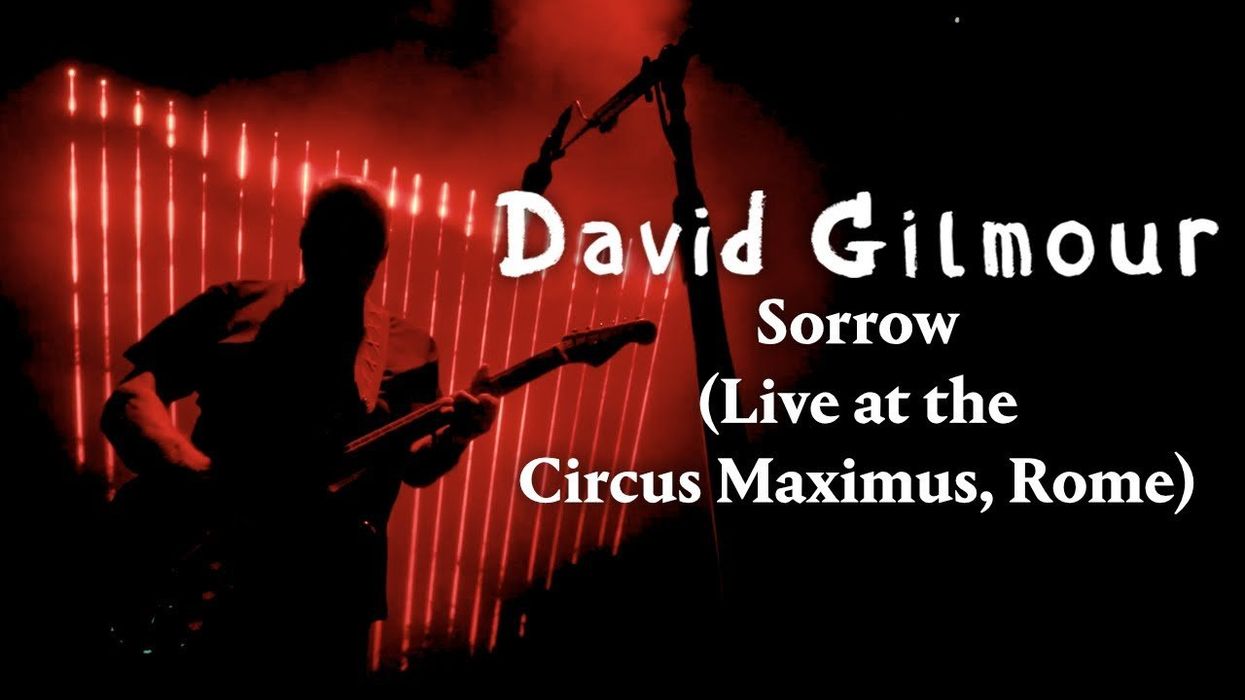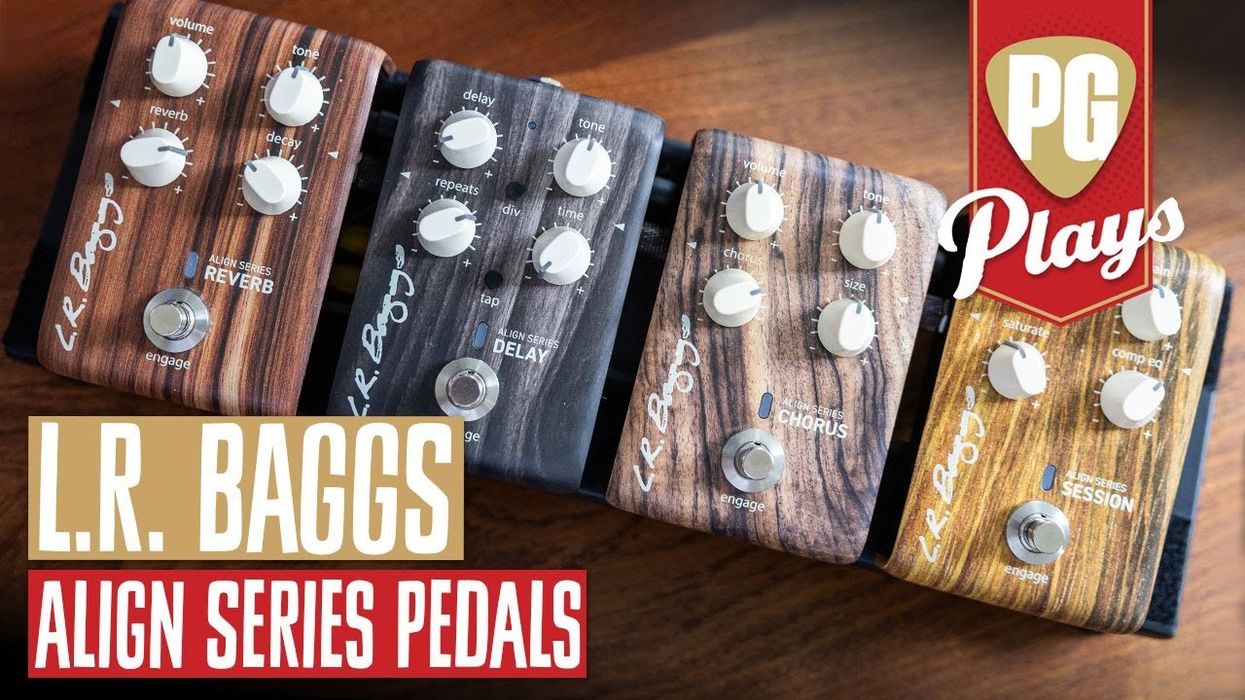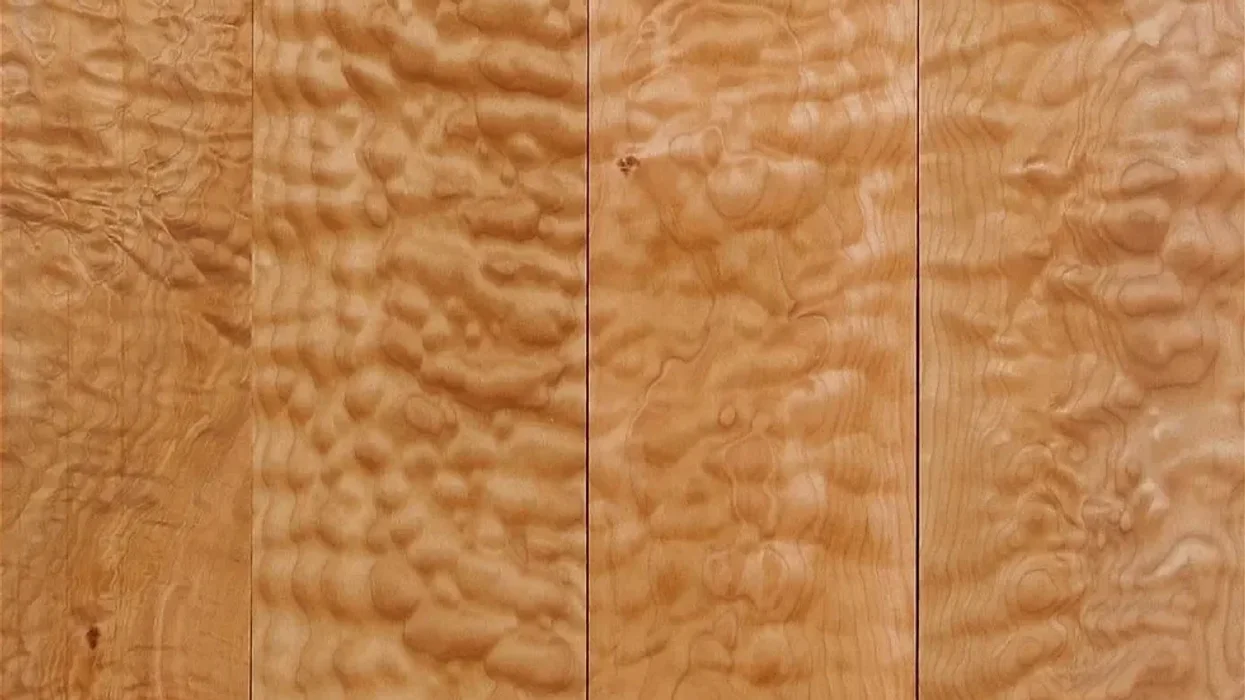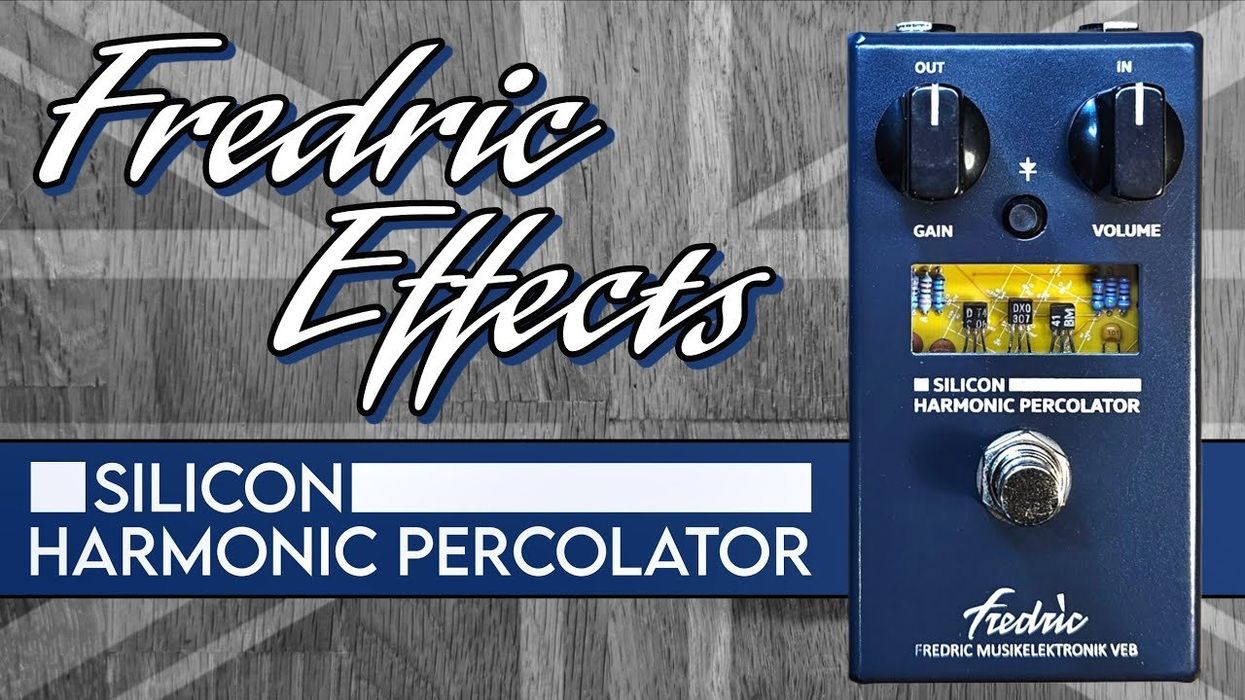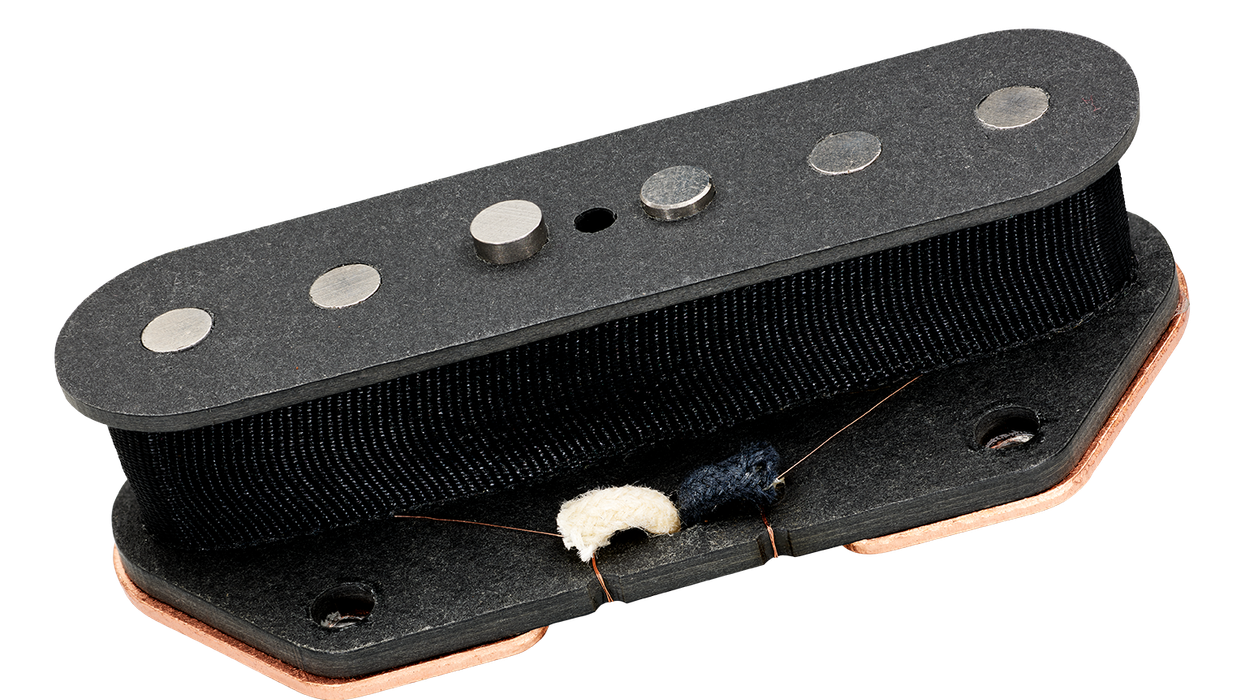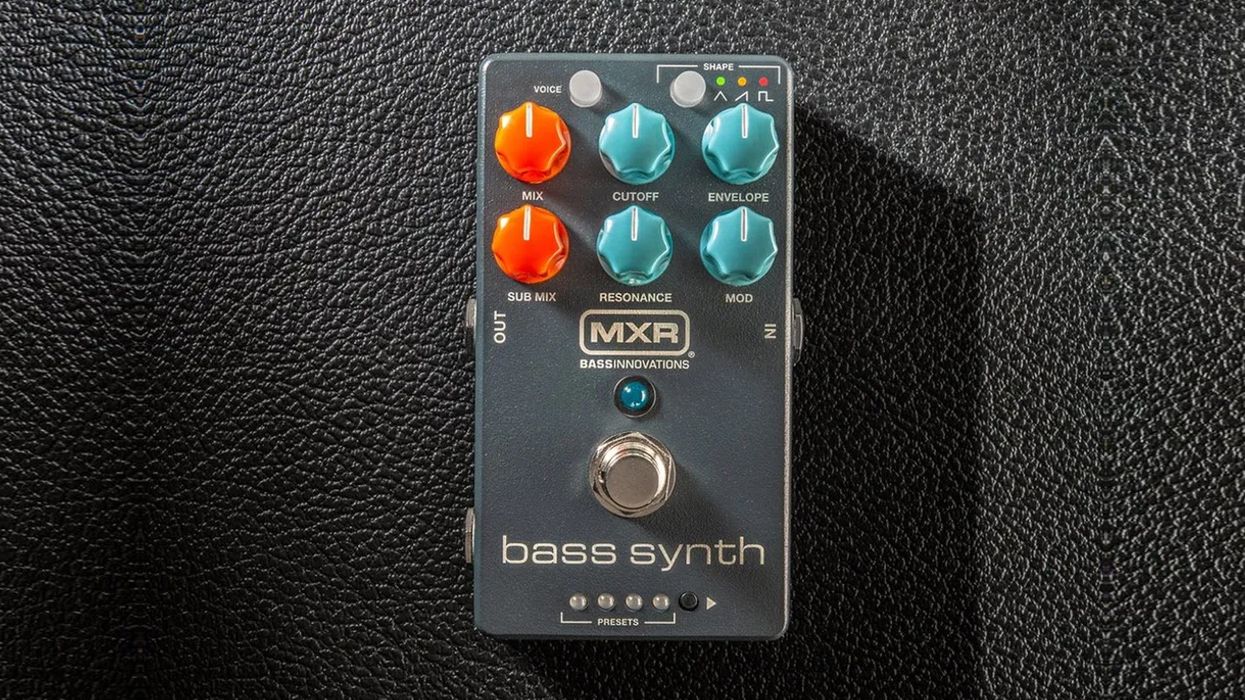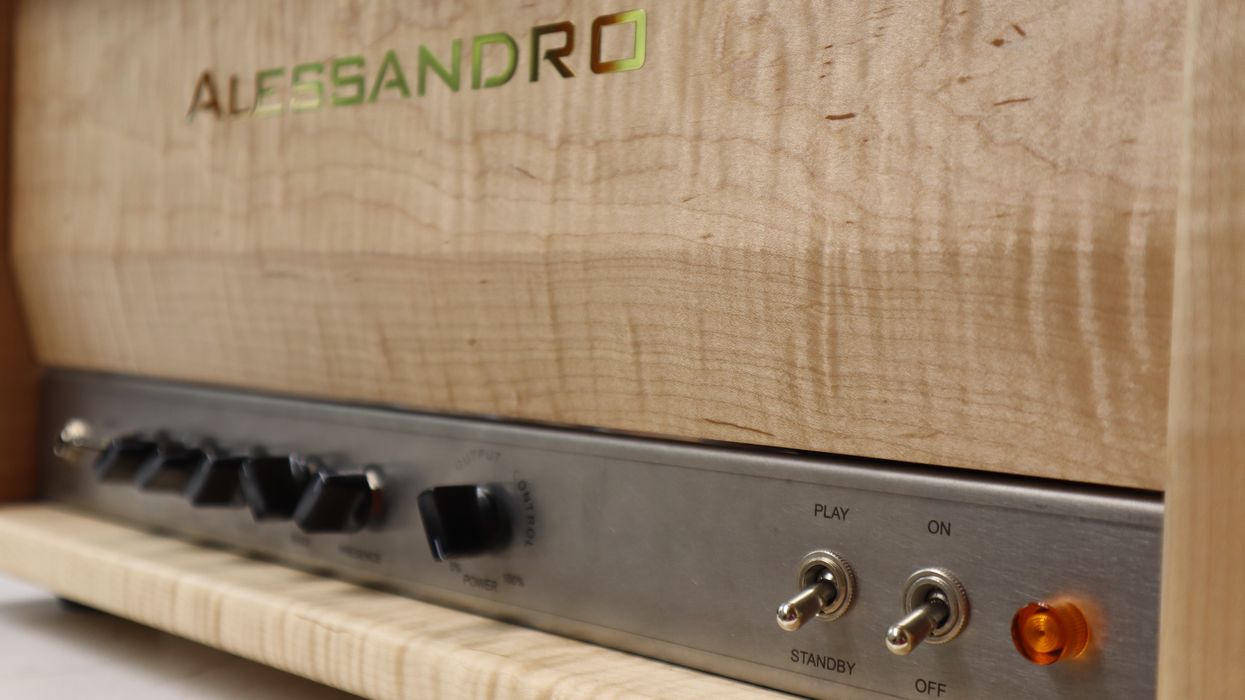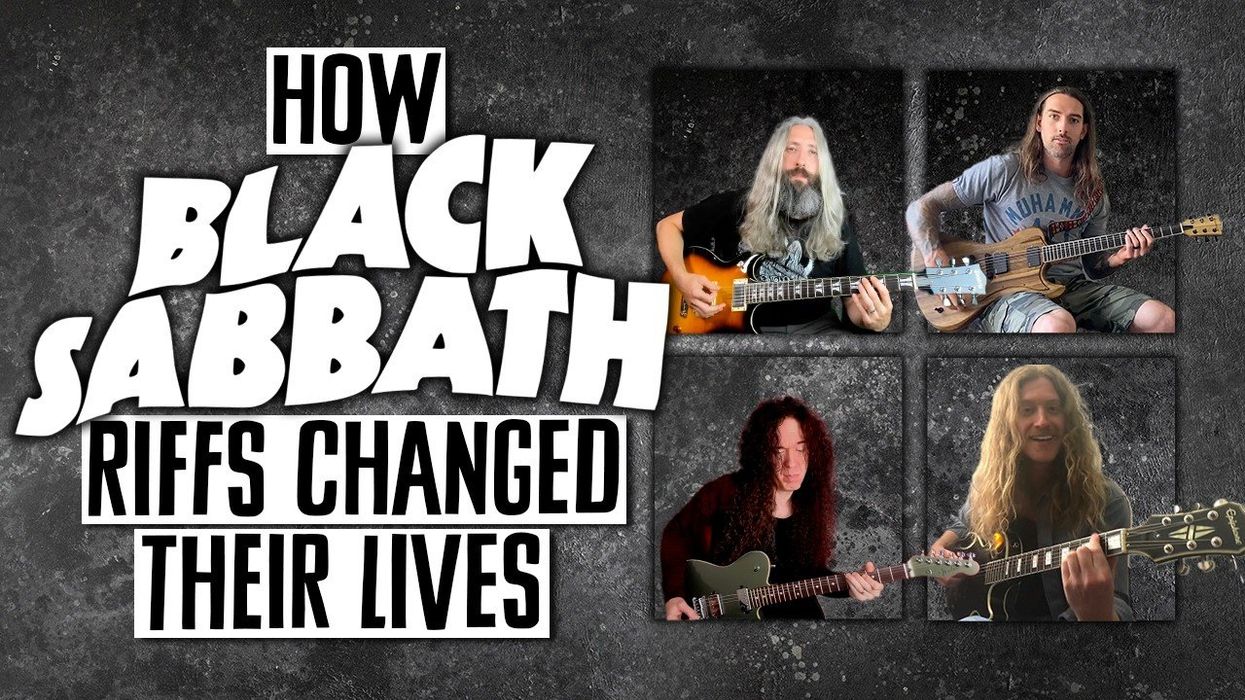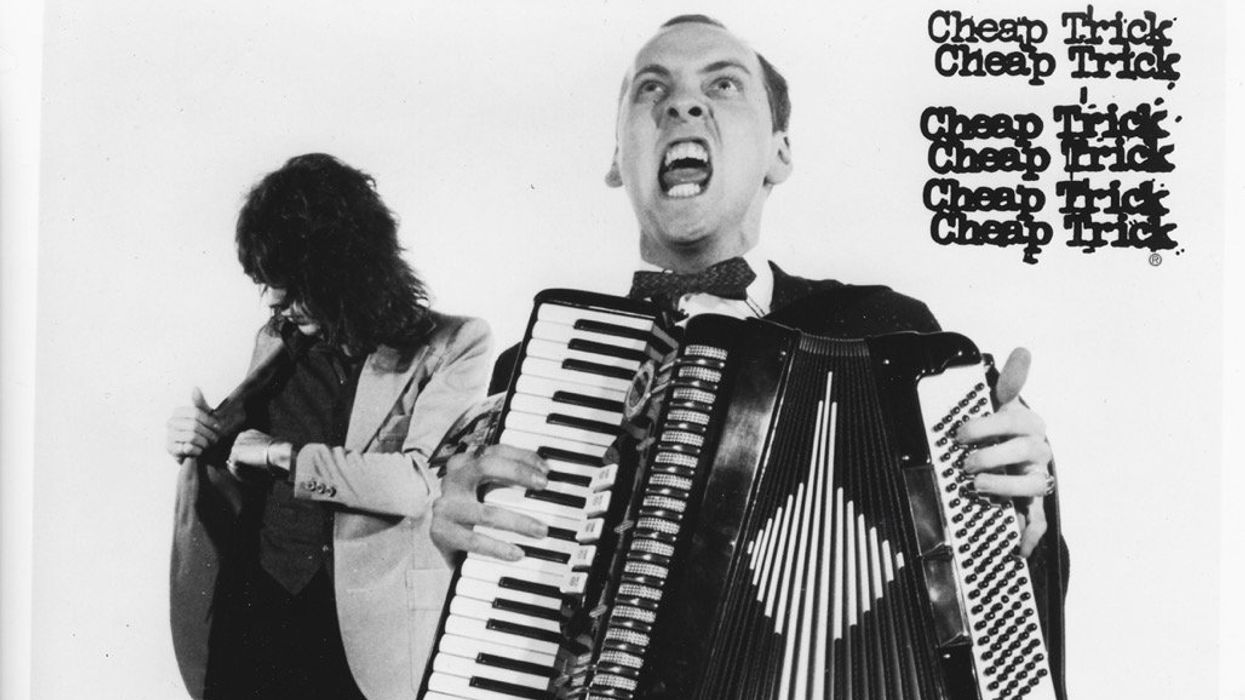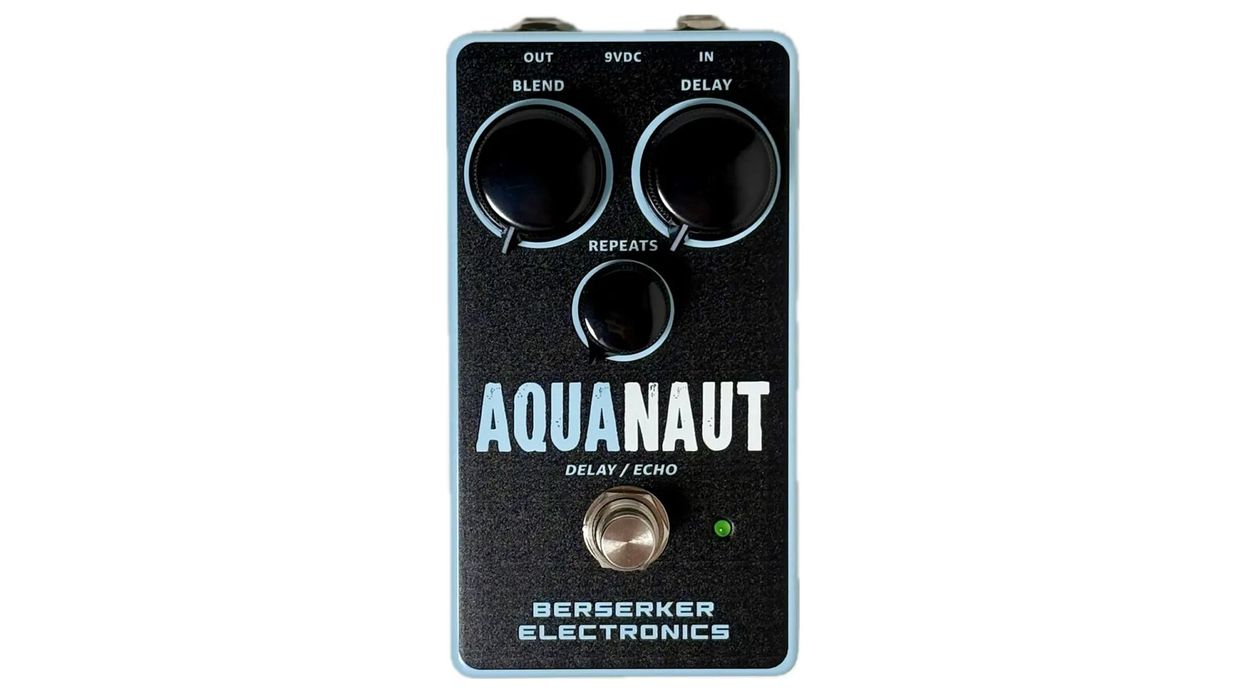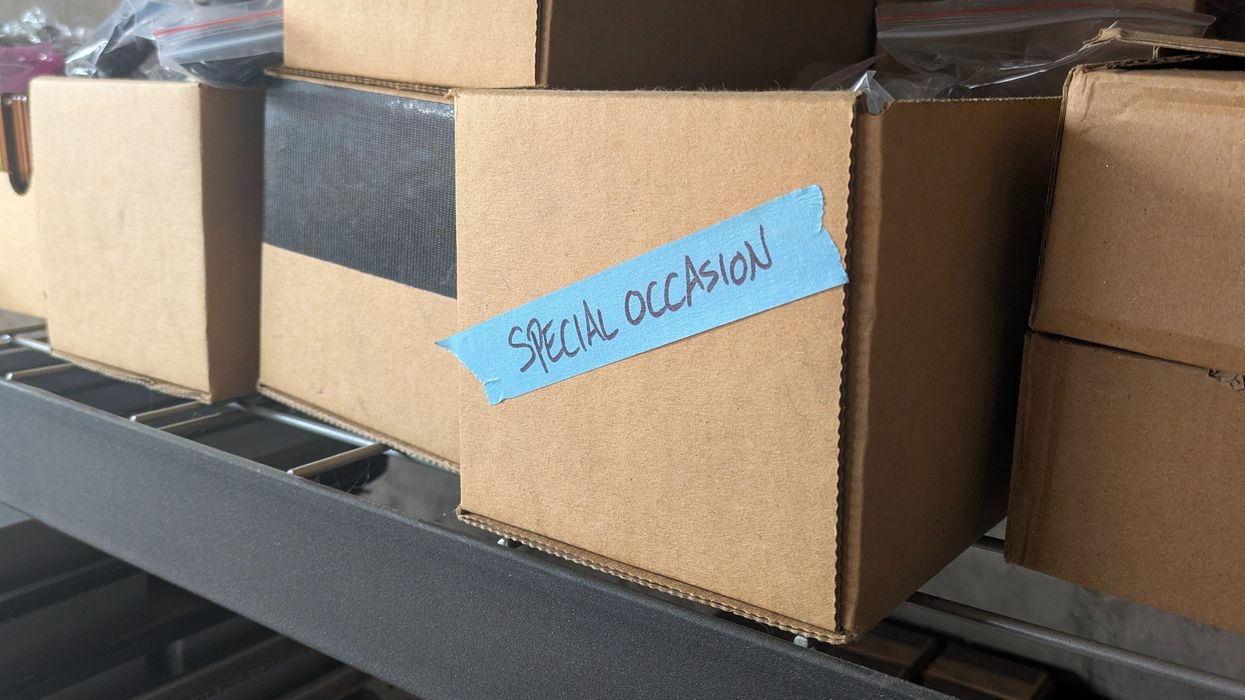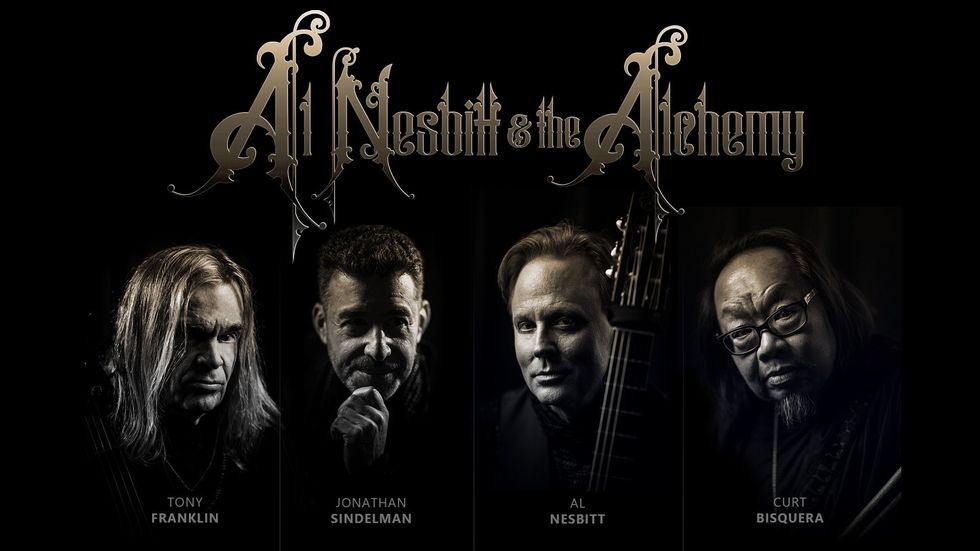Ask any experienced arranger and I am sure they will agree that the line between composing and arranging is very thin. In fact, the deeper and more personal the arrangement, the closer one gets to that line. Personally, I believe good arranging crosses that line quite often; yet, the music recognizable to most listeners.
When we arrange music, we are using the same harmonic tools and judgments as when we compose music. In a sense, arranging is composing and composing is arranging. The trick is making choices that are creative yet preserve respect for the original composition.
Occasionally, I run across books which claim to be "arrangements" by so and so. However, they're nothing more than the melody with a few bass notes and simple arpeggios. They contain no imagination and no personal input from the so-called "arranger." This is not arranging, it's just a way to throw together a quick book.
My series is focused on arranging for solo guitar, however I find it applicable to share a recent original composition entitled, "The Three Cornered Room."
The following is partly a harmonic analysis of "The Three Cornered Room" as well as concepts about slash chords. Chord symbols are included in the score. At times, the symbols reflect the overall sound and not the literal spelling of the chord.
Slash Chords
The term slash chord gets its name from the forward slash used to indicate the harmony above a bass note. The most basic form is used to indicate inversions. The chord is to the left and the bass note to the right. An example of this is the F/A found in measure #1 of the score. The notes in the bass can be the 3rd or 5th of the chord and, in the case of dominate 7th chords, the b7 can be an option. For the most part, the chord is generally a triad but seventh chords can also be used.
Slash chords can also be used in more supplicated ways. The following example shows how triads and seventh chords from the scale major scale can be used. It's important to understand that in this case, both the bass note and the chord come from the same scale.
Slash chords from the same scale - C major
F/G - A minor/C - B minor 7/G - E minor/C - E minor/G
In the case of F/G, the chord sounds like G9 sus. A minor/C becomes C6. B minor/G sounds like G9. E minor/C sounds like C major 9. E minor/G sounds like G6. These sounds can be thought of as extensions of the harmony. Experiment and you will find chords you've heard; but, they may be new to your fingers.
Slash chords from different key centers
This is a whole new can of worms and one that can consume many, many hours of experimenting. An example of this is found in "The Three Cornered Room." Look at measure #4. This is D13 over an E bass note. This sound implies a five chord with the #5 and major 9th. Another example (not in the score) is Db/G. This outlines the sound of G7 (b9 #11). I love that chord! Play Ab minor/G and you'll get G (b9 b13). Try D augmented over G and you'll get G minor (Maj7). This is bi-tonal or poly-tonal, two key centers simultaneously. Remember that every chord and every note has a relationship that can be applied. It's up to you to experiment and come to the conclusion of what sounds good to you.
Experimenting with bi-tonal triads
One technique of finding slash chord voicing is to move triads chromatically against the bass note of your choice. The triads can be major, minor, augmented, or diminished. An example would be G bass note against B major = G major 7 #5. You can also play the same triad over and over again while moving the bass line chromatically. Some of it will sound odd, but you will be surprised what you can find.
Slash chord inversions
A great device to create new and interesting voicing is to play inversions of the chord above the bass note. Knowing triad and seventh chord inversions takes it to another level. This technique applies to chords from the same scale as well as altered sounds from other key centers.
Chord substitution
This example is actually a bit different because it is a triad below a melody note outside of the chords harmony. This takes place in measure #25 and is a big surprise to the listener because they expect the sound of A minor.
Chord extensions
As stated earlier, slash chords can be considered extensions of the harmony. Take a look at measure # 12. The first chord is C major 7 #11 that moves to E minor 11. The E minor 11 actually becomes an extension of the C chord. This sounds like C 6/9 with an E bass. How we hear harmony is directly affected by what comes before and after it.
All musicians gather little bits of information here and there. This information never comes in perfect order or in a basket with a bow. We gather what we can from whom we can. I hope this article serves as one of the little bits of information that help you grow as a musician. In time, you will see that arranging and composing are truly the same horse of a different color.
Download Example Audio - Download PDF
